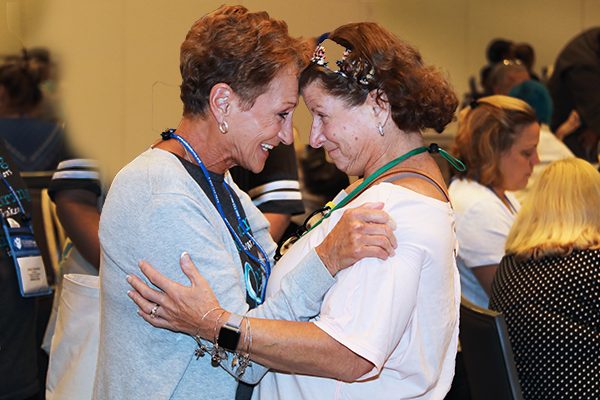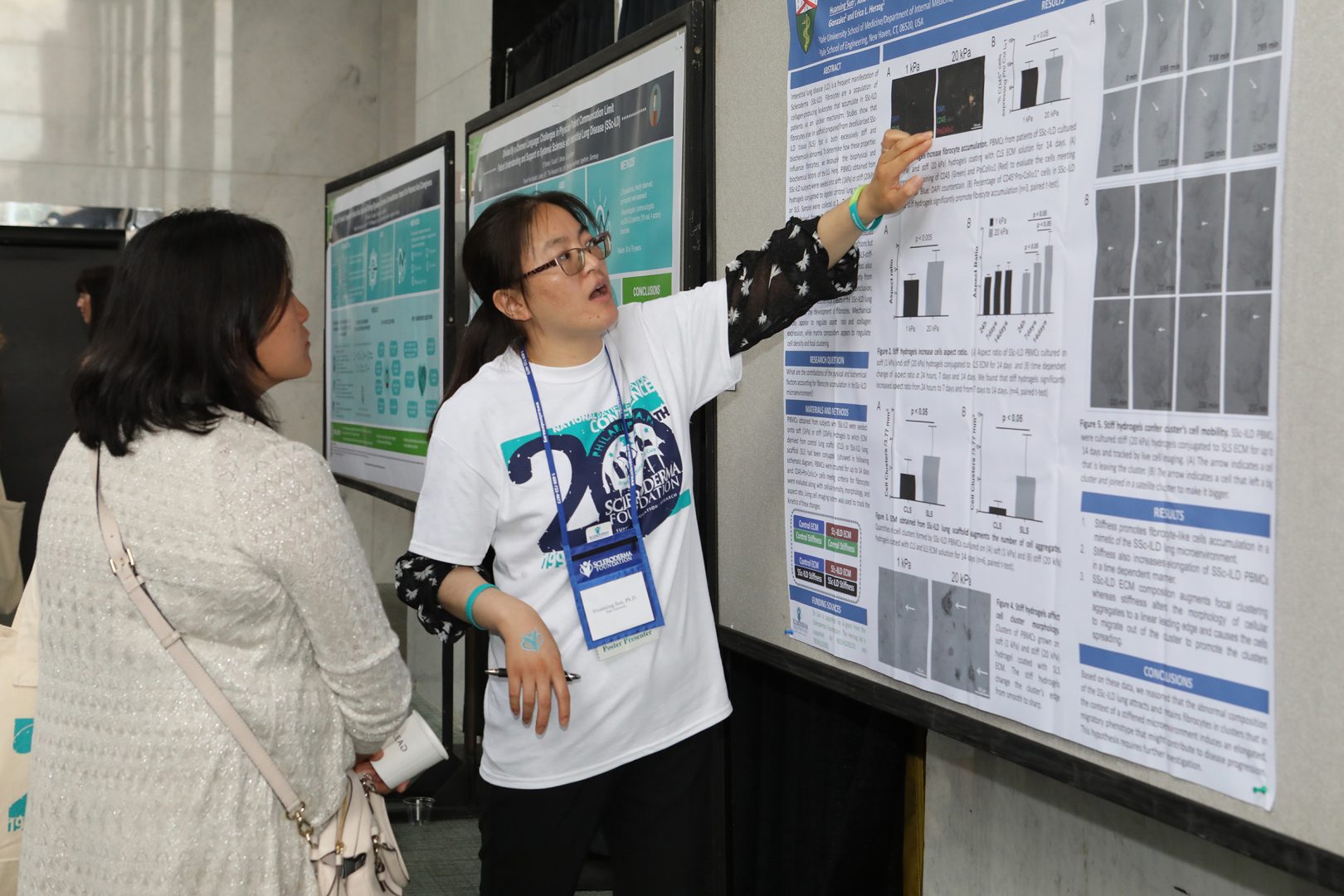
“My husband and I try to teach Grace that she needs to learn how talk about her own symptoms and treatments clearly and how to administer most of her medicines by herself. We tell her that scleroderma should not define her or hold her back—that she can be all that she can be.”
Pamela Pour, proud mother of two, lived with her husband and children in Shanghai, China for 7 ½ years. Originally from Michigan, when the couple moved to Shanghai, her daughter, Grace, was just 11 months old. One of the first signs that something was wrong with Grace happened when she was playing with a friend.
“We were at a dinner event, and a little girl touched Grace and made a face. The little girl drew back and then touched Grace again and said ‘she’s hard.’”
Soon after, Pamela had trouble getting Grace’s earrings on. She couldn’t get Grace’s toothbrush between her teeth and lips, either, and she started to notice that Grace’s eyes were puffy and narrowing. Even though Grace could always color inside of the lines, all of a sudden, she couldn’t.
“In China, the internet is crazy slow and things are blocked including Google. So I was on the phone with my sister who lived in the United States at 3 AM China time and we would be speaking together and she would be Googling stuff. All we could really find was information about morphea, leather tanning industries, and chemical exposure.”
On March 19, 2015, Pamela and Grace flew back to the United States for what was the beginning of a series of over 80 doctor appointments within the course of three months. Once she received full diagnostic testing, Grace was diagnosed with systemic scleroderma and ILD. She was quickly put on a highly intensive treatment program which included three days of infusions every week and powerful medications. Almost miraculously, nearly a year later, her CT scans of her lungs came back clear and with very little scarring.
When asked what being a caregiver was like for Pamela, she didn’t shy away from sharing her challenges.
“It’s literally like being a ball on the floor. I didn’t eat, didn’t sleep. I had panic attacks where I couldn’t get up from the floor since I would fall out of bed. Thankfully, I had friends who talked to me enough and got me back on track. But it’s always a little frustrating because you don’t know what the future holds.”
Now that Grace’s health is more stable, she and her family have been able to get more involved with the National Scleroderma Foundation and with raising awareness about the disease. The family has attended three National Scleroderma Conferences, actively participates in Stepping Out to Cure Scleroderma walks—Grace even won the National Scleroderma Foundation Messenger of Hope Award in 2018. Grace has been featured on her local news channel to spread awareness and she and Pamela have also spoken to hundreds of medical students and doctors over the years to inspire them to research scleroderma and become more aware of it in their own practice.
“One of the first questions I ask the medical community when Grace and I speak to them every year is: ‘By a show of hands, how many are interested in being a pediatrician? A rheumatologist?’ Almost no one raises their hands because they mostly want to go into surgery or emergency medicine. Then I say: ‘Well, it doesn’t matter what line of work you go into. You can still be the first person who sees and identifies scleroderma.”


